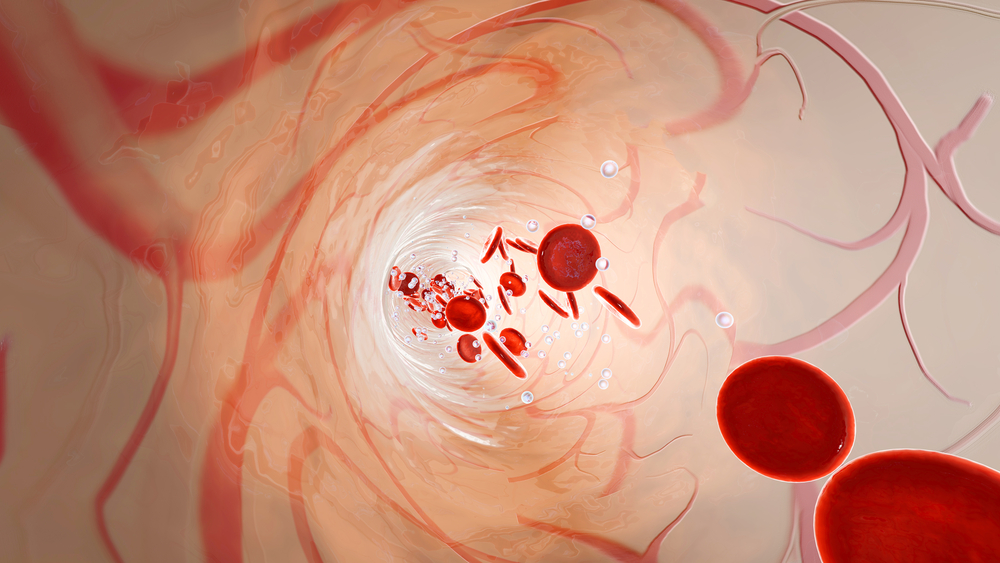New Study Identifies Risk Factors for AIHA in Patients with Genetic Blood Disease

Removal of white cells (a type of immune cell) from blood before a transfusion and early surgical removal of the spleen may help protect patients with a genetic blood disease from developing autoimmune hemolytic anemia (AIHA), a condition where red blood cells are attacked by a person’s own immune system, a study suggests.
The study, “Predictors of autoimmune hemolytic anemia in beta-thalassemia patients with underlying red blood cells autoantibodies,” was published in the journal Blood Cells, Molecules and Diseases.
In autoimmune hemolytic anemia (AIHA), the immune system recognizes red blood cells as foreign, and targets them for destruction. Cold agglutinin disease (CAD) is a form of AIHA.
AIHA can occur in other blood diseases, including beta-thalassemia, a genetic disease where hemoglobin, the iron-rich protein that carries oxygen, is reduced. Patients are commonly treated with blood transfusions, but in 6.5% of the cases, patients develop AIHA.
Currently, clinicians do not known which beta-thalassemia patients are at risk of developing AIHA. In this study, a team of researchers aimed to identify predictors for AIHA in these patients.
Researchers analyzed 385 patients diagnosed with beta-thalassemia, 87 of whom (22.6%) were positive for autoantibodies against red blood cells. This was confirmed by a test called a direct antiglobulin test, which assesses whether red blood cells have antibodies attached to them, pointing to a possible immune reaction occurring against these cells.
Among the DAT-positive patients, 25 developed AIHA.
On average, patients began blood transfusions at 11 months old and DAT tests were positive after a median of 7.3 years (88 months). Autoantibodies were always detected after patients began blood transfusions (mean of 81 transfusions).
Of note, researchers saw that the frequency of AIHA was higher in patients who received fewer transfusions.
Patients who developed AIHA began showing symptoms at age 4, on average.
The analysis revealed that DAT-positive patients who underwent splenectomy (surgical removal of the spleen) were at higher risk of developing AIHA. The risk of developing AIHA was higher during the first 72 transfusions.
Additional factors linked with increased risk for AIHA included patients with a history of AIHA, and patients who developed an immune response after blood transfusion. Blood type was also a key factor in the risk of AIHA, as researchers found that patients with type AB blood were at higher risk. Patients with a positive DAT test carrying two types of autoantibodies, anti-complement (C3d) and anti-IgG polyspecific, were also at increased risk.
Patients who underwent splenectomy before becoming DAT positive and those who received blood transfusions cleared of white blood cells (key cells of the immune system) were protected from AIHA.
“Further multi-center studies on a larger population or a meta-analysis would improve the quality of the findings and validate a predictive score of AIHA in homozygote (two faulty genes) beta thalassemia patients with underlying positive DAT,” the researchers concluded.





